Boeing has pushed its estimate for the when regulators will begin to unground of the 737 MAX to mid-2020, according to a statement issued by the company on Tuesday. Boeing had previously announced that it might be able to resume deliveries of the MAX as early as December 2019 with a return to service in the U.S. in January, a position that met with pushback from the FAA. With the new estimate, Boeing emphasized that its purpose is only to “help … customers and suppliers plan their operations” and that the timing of the MAX’s return will be determined by “the FAA and other global regulators.”
“This updated estimate is informed by our experience to date with the certification process,” Boeing said. “It is subject to our ongoing attempts to address known schedule risks and further developments that may arise in connection with the certification process. It also accounts for the rigorous scrutiny that regulatory authorities are rightly applying at every step of their review of the 737 MAX’s flight control system and the Joint Operations Evaluation Board process which determines pilot training requirements.”
The 737 MAX 8 has been grounded since March 2019 following the fatal crashes of Lion Air Flight 610 and Ethiopian Airlines Flight 302. Boeing said it will provide further information about its efforts to return the MAX to service in conjunction with its quarterly financial disclosures next week.

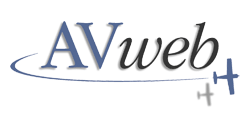


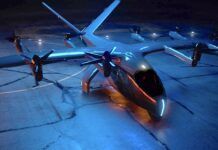
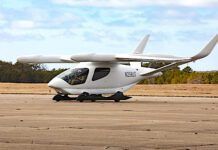
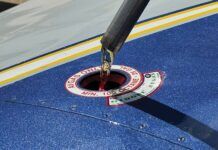
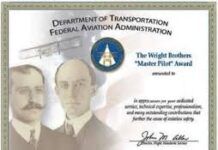
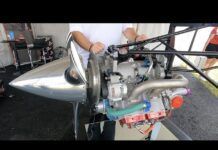

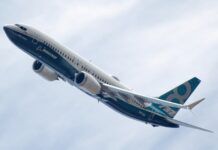

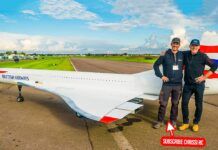




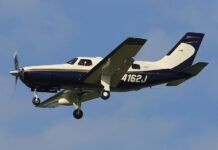

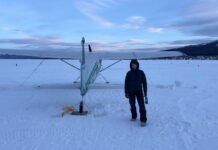

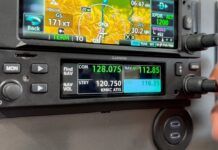
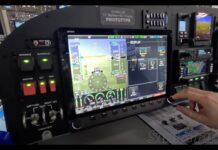



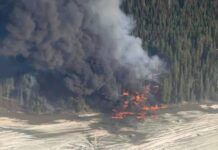

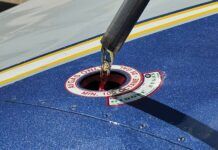

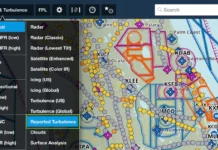


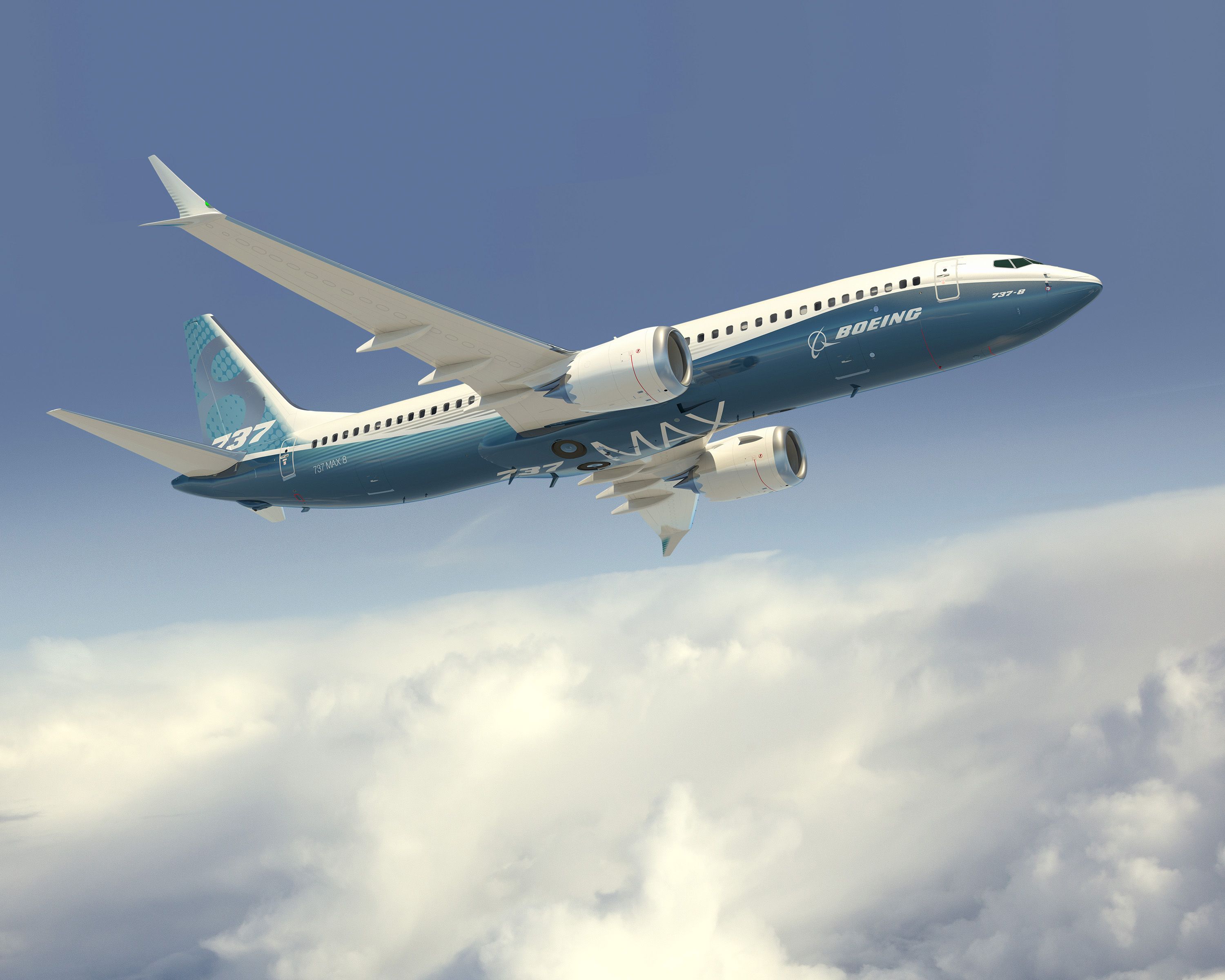
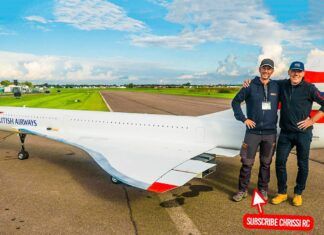
No real surprises here. The penance dance is well under way.
Link to Airworthiness Directive (A.D.) 2018-23-51:
https://rgl.faa.gov/Regulatory_and_Guidance_Library/rgad.nsf/0/fe8237743be9b8968625835b004fc051/$FILE/2018-23-51_Correction.pdf
If the operator meets the requirements of this A.D. then what prevents them from returning the MAX back to service?
Type Certificate Data Sheet (T.C.D.S.) A16WE link:
https://rgl.faa.gov/Regulatory_and_Guidance_Library/rgMakeModel.nsf/0/179cdacd213801658625832a006b2e37/$FILE/A16WE_Rev_64.pdf
See nothing here either that says the MAX is not permitted to fly. Where’s the FAA signed document that’s holding up operation?
https://www.faa.gov/news/updates/?newsId=93206
The link attached to the 3/13/19 3:00pm update.
The airplanes are currently grounded by an executive order of the administrator, not by any AD. Once the FAA publishes the new AD that will load the MCAS 2.0 software and require whatever the decide for pilot training, then the executive order will be lifted (rescinded) and the AD will keep the planes on the ground until compliance is achieved by the operators.
Thanks, for finding the link. Also found the signed document I was looking for:
https://www.faa.gov/news/updates/media/Emergency_Order.pdf
Most of the press releases on the “FAA Updates on Boeing 737 MAX” web page look a lot like the FAA is stalling. There’s nothing indicating that Boeing’s engineers are not producing acceptable remedies.
> look a lot like the FAA is stalling.
Klaus:
Air transportation is a regulated industry. Boeing is required to produce airworthy planes and submit accurate regulatory paperwork, which they didn’t do for the 737 MAX, and still haven’t done.
So I have to ask:
1) What is the issue that you see here?
2) Are you affiliated with Boeing?
Thanks, James.
I think that returning the MAX to service may present fewer difficulties than convincing 21 countries with grounded MAXs that the aircraft is safe. Politics, public trust and economics will be contributing factors in the MAX’s success or failure.
Re-label the plane as the 737 Eco Jet or 737 Green edition.
People love flying when they think the plane helps the environment.
All would be forgiven.
Is anybody else troubled by the title of this article and what it implies, or, is it just me?
Huh?
Boeing “Pushes” to me implies “rushes” which to me suggests a “hurried” approach to getting something out which usually means something has to be compromised usually quality and or safety.
Tom:
No. “Push” means to move an event date further out into the future.
You push it out, or you “pull” it in.
Nothing troubling about that.
I re-read. You’re right. I jumped the gun on that one.
Why keep MCAS at all? As I understand, the reason for the MCAS system in the first place was to avoid the need for extra simulator training for 737 pilots to fly the Max. Now, it appears that any return to flight will include simulator training to acquaint the pilots with the operation of MCAS. What would be the effect of scrapping the MCAS altogether, and just train MAX pilots on the handling characteristics of the aircraft at high angles of attack? The re-certification should be a snap.
The SOLE purpose of the MCAS, is to meet stick-force certification requirements. Those requirements are not going to go away.
Why not?
Well, YARS, that was the original intent, but the scope and authority of the system grew. And the potential of a single point of failure stayed.
I’m unaware of any scope creep with the MCAS. And as far as I know, its authority is limited to the electric pitch trim. But its behavior certainly changed, from the developmental versions, to the shipped one.
Lather; rinse; repeat is not the kind of code that you want in a toaster oven, let alone in an aircraft.
I’m gathering, or, understanding that MCAS is to MAX as BRS is to Cirrus. Is that understanding correct?
Tom:
The Cirrus parachute is an “I give up; you’ve got it” remedy for dire situations. While it’s still in its can, it’s a successful security blanket. When deployed, it’s a successful life-saver.
The MCAS is a band-aid remedy for non-linear stick forces that can occur under very limited flight conditions. If the stick force rule didn’t exist, its almost certain that MCAS wouldn’t exist, either. But with direct controls (boosted or not), there needs to be a limit on how twitchy the stick is allowed to get.
IMWO, the linearity requirement is simplistic (contrast with simple) and unnecessary – you can constrain twitchy-ness without requiring linearity. But the Rule is what it is.
I was thinking from a certification stand point. Cirrus could not be certified with out BRS hence it can never be removed. Does the complete removal of MCAS negate MAX certification, or, in what ways would complete removal of MCAS affect MAX? If MCAS cannot be removed, why?
Part 25 certifications include a requirement for linearity of stick forces. In greatly simplified terms, if a force of 5 pounds results in a one-degree-per-second increase of pitch, then a two-degree-per-second increase of pitch has to require a 10-pound force, etc.
At aft CG loadings, high thrust, and high load factors, the stick forces in the MAX variants of the 737 were found to become non-linear. You get higher rates-of-change of pitch, without having to apply as much back pressure on the yoke (twice the rate with less than twice the force). This is no surprise – the farther aft your CG, the twitchier your plane will be in pitch.
So, when HAND-FLYING the MAX under said conditions (NOT when on autopilot), a ham-fisted pilot might over-control the pitch of the aircraft – and even stall the darned thing!
Thank you Yars. Now I understand, at least in the most basic way.
Well…you may understand what he said. But…
The pitch forces felt on the column are non-linear and are the sum of several contributors. The main force being provided by the Elevator Feel Unit which is a hydraulic device designed to the provide the forces appropriate for flight conditions. The stall warning system supplies an input to this system when the AOA exceeds limits for configuration (flaps) which causes it to increase forces. These limits are beyond stick shaker AOA limits. So that would be non-linear as well.
Thanks, YARS, a nice, succinct summary of what the system is.
Probably, you’ve more information than the pilots flying the MAX. As a result, flight simulator training is a must.
LET. IT. DIE.
Why Kevin?